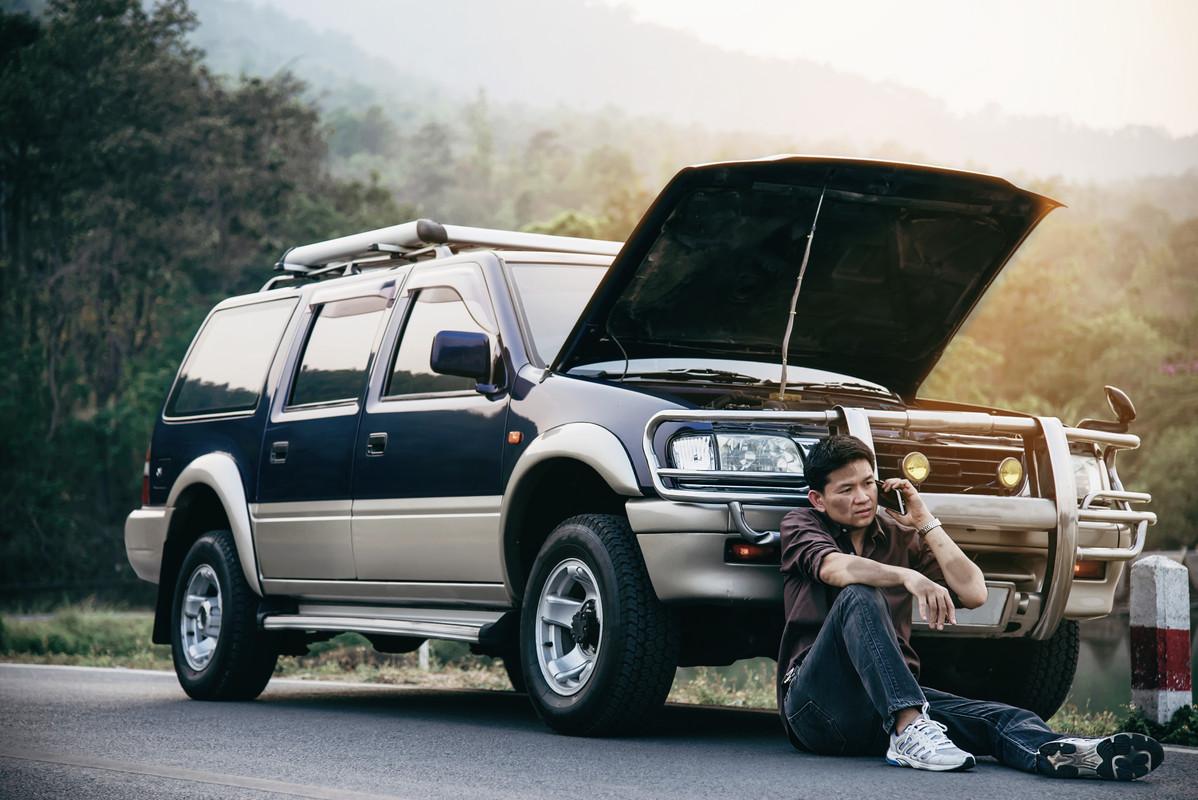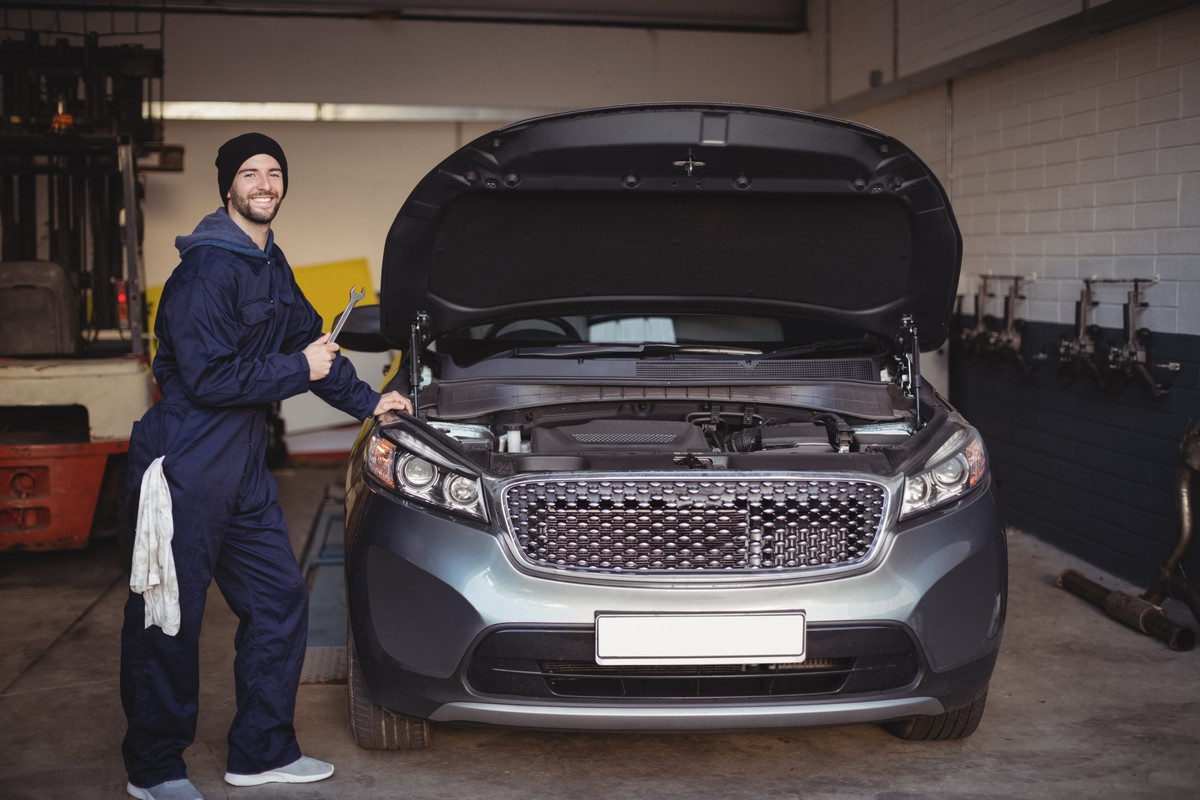Introduction
Are you the proud owner of a luxe Range Rover, often wondering how to maintain your prestigious beast at its best? Does the thought of approaching a service station for advice give you the jitters? Or perhaps you're looking to buy the vehicle of your dreams and curious about keeping it in tip-top shape. That's where we come in. Welcome, folks, to a comprehensive guide that touches on the nuances of Range Rover maintenance, filled with insider service tips and tricks that'll ease your routine.
This guide transcends the basics, visiting critical elements of vehicle upkeep, from understanding your car's service schedule to tackling common issues. As we delve deeper, you'll learn not just how to maintain a Range Rover, but why it is crucial to maintaining its safety features, functionality, and value. We aim to educate and inspire you, converting our love for 4x4s and dire passion for pristine upkeep into practical advice.
Imagine your Range Rover, gleaming and resilient, as you master your role as the caretaker. Envision driving an always-reliable vehicle, never compromising performance or comfort. Ready to turn this vision into a reality? Buckle up and explore this journey toward stellar Range Rover maintenance.

Understanding Range Rover’s Maintenance Schedule
To achieve optimal performance and longevity of your Range Rover, sticking to the manufacturer's suggested maintenance schedule is paramount. Extend beyond a simplistic view of oil change intervals and delve into the broad range of components that require periodical checks. Here we provide a comprehensive breakdown of your vehicle's maintenance timeline to keep your journey smooth and your mind at ease.
Think of your maintenance schedule as a roadmap - it outlines the path of regular checks to parts like brake pads, fluid levels, and timing belts. It's essential to follow this roadmap, tackling potential issues head-on and ensuring high operating efficiency. Your regular attentiveness will also help stave off larger, more costly repairs down the line.
But who has the time to memorize hefty manuals, you ask? We've simplified it for you. For the first three years or until your SUV hits 30,000 miles, it requires a basic maintenance check at least once a year. As you cross this milestone, the recommended service frequency becomes every six months (or every 7,500 miles).
Regular DIY Checks: Proactive Steps To Prevent Major Issues
While regular services play a crucial role in keeping your ride smooth, certain checks can (and should) be done independently. By performing these DIY checks, you'll actively prevent pending issues and ensure your Range Rover runs longer and better.
First off, inspect your vehicle's tire pressure regularly. Incorrect pressure not only affects handling and fuel efficiency, but it can also lead to sudden tire failure. Another imperative DIY check involves your vehicle's oil levels. Regular checks will help you spot leaks early on and identify a decrease in efficiency due to old, dirty oil.
Last but not least, verifying the condition of your Range Rover's brake fluid can protect you from sudden brake failure. This precautionary step may sound small and insignificant, but that's far from the truth. A healthy brake fluid level ensures you never compromise on your vehicle's speed and most importantly, your family's safety.
Troubleshooting Common Range Rover Issues
No matter how elite or well-maintained, every vehicle experiences its share of problems. From the Air Suspension System to the Tailgate Latch issues, Range Rovers are no exception. But fear not, we'll delve into these concerns — empowering you to identify and, in some cases, even resolve them independently.
Faulty air suspension systems in Range Rovers are common but are easy to detect. If your ride is bumpier than usual, or if the car isn't level when parked, it's likely the air suspension system acting up. Similarly, tailgate latch issues are recurrent trouble areas. If your tailgate refuses to lock or open, it's time to get it checked.
Remember, while some issues can be rectified at home, it's best to lean on a professional for more severe concerns. It isn't about avoiding costs as much as it is about ensuring maximum safety and efficiency.
Pros and Cons: Service from Authorized Dealerships vs. Local Mechanics

When it comes to servicing your beloved ride, the choice between an authorized dealership and a local mechanic can be bewildering. Are dealership services worth the higher cost, or would a local mechanic do an equally good job? Let's explore the pros and cons of both to help you make an informed decision.
Authorized dealerships offer a guarantee of genuine parts, manufacturer-endorsed services, and professional technicians trained specfically to work on Range Rovers. However, these perks often come with a hefty price tag that can strain budgets.
On the other hand, local mechanics benefit from being significantly more cost-efficient. They may even offer services outside standard operation hours. But the risk of counterfeit parts, untrained technicians, and subpar service quality can play spoilsport.
The best path forward often involves a balance. For regular, comprehensive maintenance, an authorized dealership can be a worthy investment. For small, sporadic repair work, a trusted local mechanic may work just fine.
The Art of Keeping the Interiors Clean
Amidst engine mechanics and spare part meltdowns, let's not overlook the crucial aspect of maintaining your Range Rover's interiors. After all, it's where you'll spend most of your time, isn't it? A well maintained, clean interior not only enhances your ride experience but also adds to your vehicle's resale value.
The practice of interior maintenance focuses on cleanliness and upkeep. Regular dusting, vacuum cleaning, and spot cleaning spillages will prevent dust buildup and stubborn stains. For leather sitings and trims, using a conditioner will keep the material supple, maintaining its feel and look.
If you have pets or kids, consider investing in seat covers to protect against hair, spills, or sudden artistic expressions. Also, make a habit of decluttering. A clean car feels more spacious, smells fresh, and offers a more pleasant driving experience.
Conclusion
There's undeniable pride and pleasure in owning a Range Rover, but it comes coupled with a responsibility to maintain it in its prime performance form. From understanding your vehicle's service timeline, performing DIY checks, and tackling common problems to making crucial service decisions and caring for your interiors - it's all part of the owner's manual.
You're not just the owner but the custodian of this powerful machine. Your regular efforts will ensure that each drive in your Range Rover is safe, smooth, and magically memorable. Time, in such a case, is invested and not wasted. Add countless happy miles to your journey by nurturing your vehicle, and in return, it'll look after you on the road, off the road, and everywhere in between. Ever thought of your Range Rover maintenance journey that way? Refreshingly empowering, isn't it?

.jpg)









Social Plugin